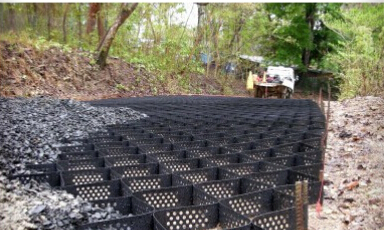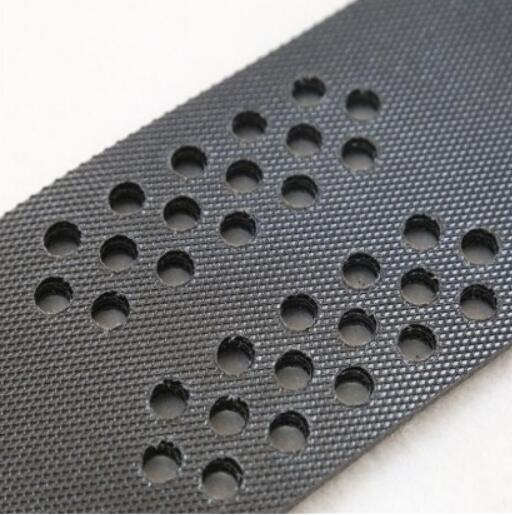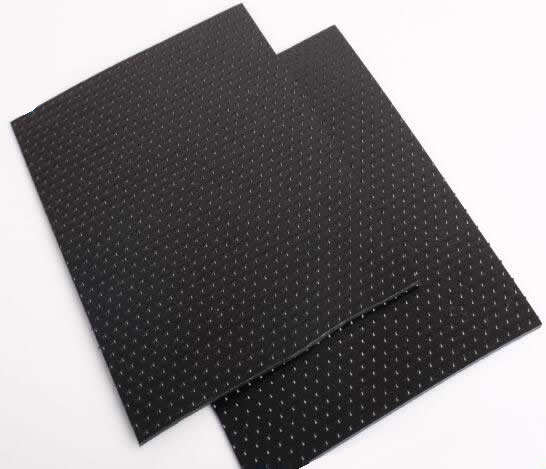- Understanding the Role of Geomembrane Liners in Waste Management
- Innovations in Geomembrane Liners for Water Management
- Geomembrane Liners: A Comprehensive Guide
- The Future of Geomembrane Liners in Civil Engineering
- Geomembrane Liners: Enhancing Landfill Stability
Manager:
WhatsApp:+86 177 0135 2670
Tel:+86 177 0135 2670
Email:marketing@okorder.com
Address:3rd Floor, No.2 Building, No.1 Sanlihe Road
The Role of Geomembrane Liners in the Construction of Industrial Lagoons
Geomembranes, also known as synthetic liners, are a crucial component in the construction of industrial lagoons. These large, man-made bodies of water serve a variety of purposes, from wastewater treatment to the storage of industrial byproducts. But what exactly are geosynthetic liners, and why are they so important in the creation of these lagoons? Let's dive into the world of geosynthetics and explore their role in the construction process.

The Science Behind Geomembrane Liners
Geomembrane liners are made from high-density polyethylene (HDPE), a type of plastic that is highly resistant to chemicals, UV radiation, and temperature changes. This material is not only durable but also flexible, allowing it to be molded to fit the contours of the land. The impermeable nature of HDPE makes it an ideal candidate for preventing the leakage of contaminants into the surrounding environment.
Designing the Perfect Lagoon
When designing an industrial lagoon, several factors must be considered to ensure its effectiveness and safety. The size, shape, and depth of the lagoon will depend on the volume of waste it needs to hold and the method of treatment. Geomembrane liners play a vital role in this process, as they act as a barrier between the lagoon and the earth beneath it. This prevents the waste from seeping into the soil and contaminating groundwater sources.
Installation: A Step-by-Step Guide
The installation of a geomembrane liner is a meticulous process that requires careful planning and execution. Here's a simplified step-by-step guide to give you an idea of what's involved:
1. Site Preparation: The land must be leveled and any debris removed to create a smooth, even surface.
2. Subgrade Preparation: A compacted layer of soil is added to provide a stable base for the liner.
3. Leak Detection System: This is installed to monitor any potential leaks in the liner.
4. Geomembrane Placement: The liner is carefully unrolled and positioned over the subgrade.
5. Seaming: The edges of the geomembrane are joined together using heat or chemical welding techniques to create a seamless barrier.
6. Final Inspection: Once the liner is in place, it undergoes a thorough inspection to ensure there are no defects or leaks.
The Benefits of Using Geomembrane Liners
There are numerous benefits to using geosynthetic liners in the construction of industrial lagoons. Some of the key advantages include:
- Environmental Protection: By preventing the leakage of contaminants, geosynthetic liners protect the surrounding environment and ecosystems.
- Cost-Effectiveness: Compared to traditional methods of waste containment, geosynthetic liners are more cost-effective in the long run.
- Durability: HDPE liners are designed to last for decades, reducing the need for frequent replacements.
- Customizability: Geomembrane liners can be tailored to fit the specific needs of each project, ensuring a perfect fit every time.
The Future of Geomembrane Liners
As technology advances, so too does the development of geosynthetic materials. Researchers are continually exploring new ways to improve the strength, flexibility, and environmental friendliness of these liners. The future looks bright for geosynthetic liners, with innovations on the horizon that could further enhance their capabilities and applications.
Conclusion
In conclusion, geosynthetic liners are an essential part of constructing industrial lagoons. Their impermeable nature, combined with their durability and customizability, make them the ideal choice for waste containment and environmental protection. As we move forward, it's important to continue investing in research and development to ensure that these liners remain at the forefront of waste management solutions.
- Previous:Geomembrane Liners: A Solution for the Containment of Industrial Leachate
- Next:Geomembrane Liners: A Protective Layer for Industrial Chemical Storage
-
2024-12-05Geomembrane Liners: A Comprehensive Guide






